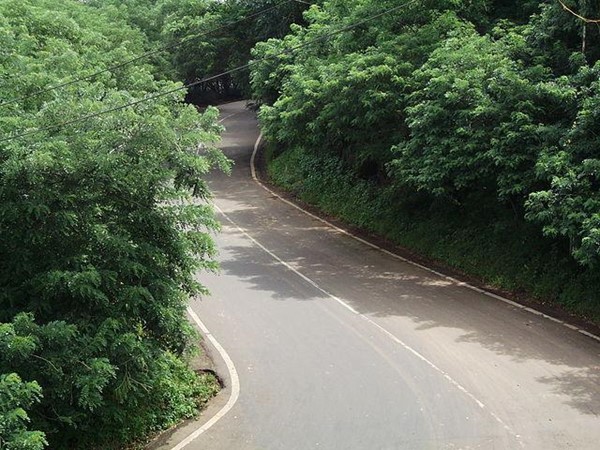
The Pune Municipal Corporation (PMC) recently released the Pune Environment Status Report (ESR) for 2022-2023, highlighting a concern regarding the city’s green cover in the central parts of Kasba-Vishrambaug and Bhavani Peth. An analysis of the city’s 15 wards has shown that the Dhankawadi-Sahakarnagar region has the densest green cover with 11.95 lakh trees. In contrast, the Kasba-Vishrambaug and Bhavani Peth areas have a meagre count of 35,426 and 12,546 trees, respectively. The total count of trees in the city stands at 51 lakhs, with the central regions lacking adequate green cover. The Dhankawadi-Sahakarnagar area has three times the number of trees than other areas such as Nagar Road-Vadgaonsheri and Hadapsar-Mundhwa regions. The Taljai and Parvati Hills in Dhankawadi-Sahakarnagar have a dense population of trees, making the area environmentally rich. Furthermore, these regions are reserved forests with an area of 400-500 acres, thus having a higher green cover. ‘Tree Fellings on Mula-Mutha to Have No Impact ’ According to PMC officials and environmental activists, the central areas of Bhavani Peth and Kasba-Vishrambaug lack open spaces, making it challenging to plant more trees there. Ashok Ghorpade, head of PMC’s Garden Department, said, “Bhavani Peth is a congested area, making large-scale projects difficult. However, Vishrambaug and Dhanori are developing areas. Hence, the green cover of these wards is low.” Mangesh Dighe, head of PMC’s Environment Department, said, “The central part of Kasba-Vishrambaug and Peth has a dense human population with a lack of green cover in open spaces. However, various non-governmental and governmental tree plantation drives are in place to improve the city’s overall green cover.” When The Chronicle asked Dighe about the Mula-Mutha river project and its impact on the city’s overall green cover, he said, “The tree fellings on the Mula-Mutha river banks will not have any impact, as we are carrying out a plantation drive in place of the clearing.” 'Ensure De-Congestion of Central Areas’ According to Ghorpade, the PMC has funded forest area projects in Dhanori and Vishrambaug to increase the count of trees, spanning nearly 150 acres. However, he added that the tree plantation drive has taken a backseat in Pune this year due to insufficient downpours. “The plantation drives highly depend on the rain we receive, and Pune has not received heavy rains so far.” Ranjit Gadgil, program director of the environmental non-profit Parisar, says there is little one can do regarding Kasba-Vishrambaug and Bhavani Peth, as they lack open spaces. The 1987 Development Plan specifies that sector 1, that is., the old part of Pune, has less open and recreational spaces. Therefore, it was decided to make up for the shortfall by having no developmental projects on hilltops. According to Gadgil, the concretisation works near the Mula-Mutha riverbanks will harm the city’s green cover. However, the eco-restoration of the banks will ensure that the project has minimal consequences on Pune’s environmental health. “The PMC should preserve available open spaces and ensure that the central areas are de-congested by pedestrianisation to reduce vehicular and greenhouse emissions. There have been efforts to pedestrianise Laxmi Road, but the authorities should implement a task force in the area. They can do this as a city project to enhance the liveability of these geographical areas,” he said.
28 Aug 2023
Pooja Bhatia